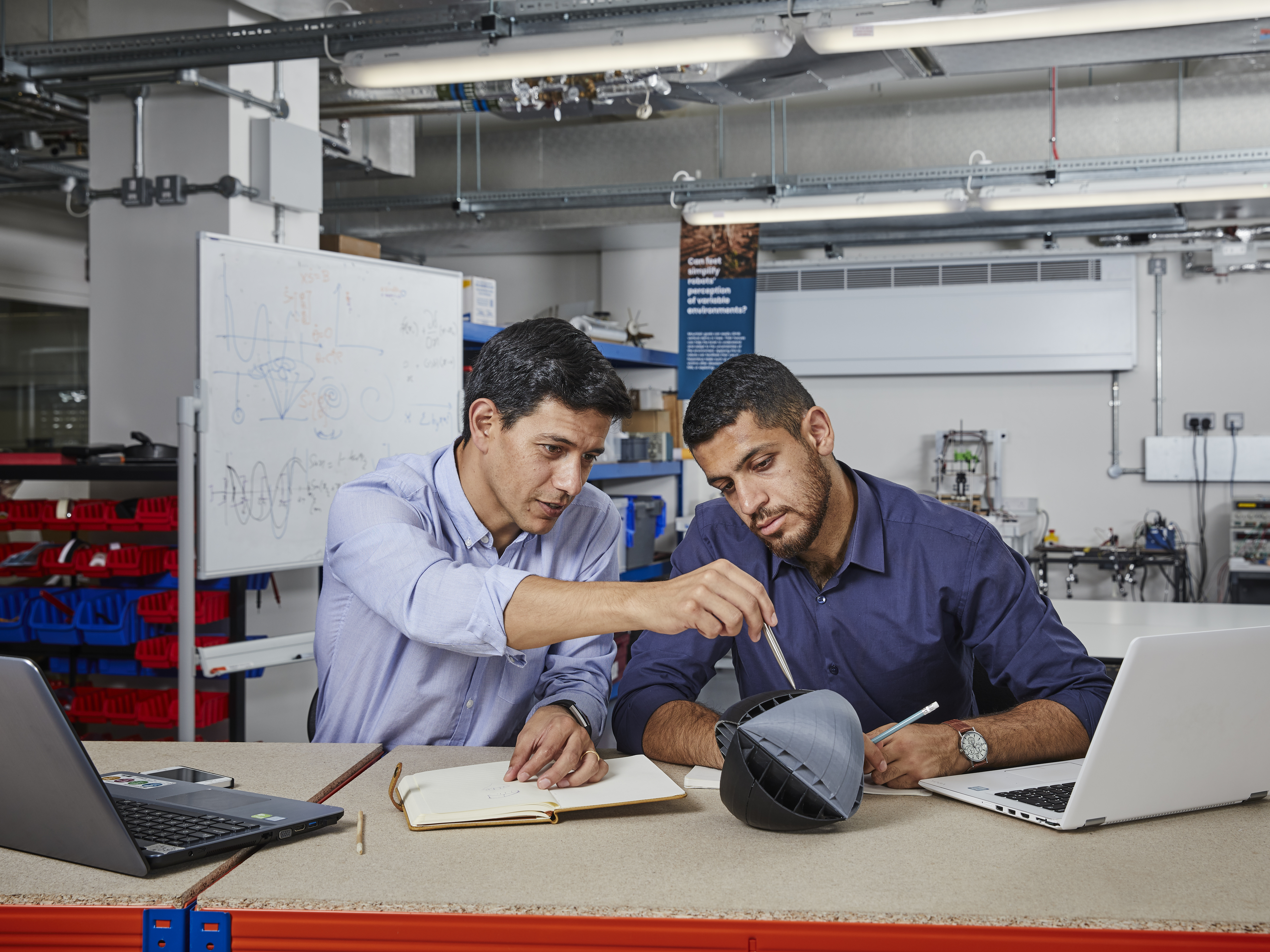Have you ever wondered why there are no wind turbines in Central London? I’ve always assumed it was just because of their size but the reason is actually more scientific than that.
Wind turbines can only capture energy from wind that is moving in a single direction. In urban spaces, tall buildings push wind in many directions at once, making it impossible for us to harness this resource. The winners of the 2018 Dyson Prize, Nicolas Orellana and Yaseen Noorani, think they can change that.

Their invention, the O-Wind, is a small, spherical wind turbine – the first to catch vertical, horizontal and diagonal wind at the same time. This makes it perfect for apartment dwellers to install on their balconies. Orellana doesn’t yet know exactly how much electricity the O-Wind will be able to generate but it will be more likely to power a single electronic device than your entire flat.
Britain has lowered its greenhouse gas emissions by more than 20% in the last decade but we still aren’t on track to reach our emissions targets by 2050. Would charging our mobile phones with a wind turbine really make a difference?
Probably not. Each of us has a carbon footprint – the amount of greenhouse gases, like methane and carbon dioxide, that we put into the atmosphere. For the average person living in Britain, that amounts to more than nine tonnes per year.

Some parts of our carbon footprint are easy to calculate, like the carbon dioxide that is emitted when we drive a car, instead of walk or cycle. Others are harder to work out because they come from the roles we play in larger supply chains, like the food we choose to buy. Beef, for example, has a bigger carbon footprint than chicken or pork, but how much more depends on many factors.
Powering a single device with an O-Wind, rather than other sources of electricity, won’t make a big difference to the global carbon footprint. But our other actions can.
One of the biggest impacts an individual can make is limiting their air travel – one return transatlantic flight adds more than a tonne to each passenger’s carbon footprint. Knowing this is not enough to make most people skip their holiday but a study by Birkbeck University suggests that people would be more likely to avoid flying in an effort to reduce their carbon footprint if they know that someone else has done the same.

Other research has found similar results in explaining our choices to install solar panels or have a meat-free lunch instead of a hamburger.
Reducing your own carbon footprint by installing an O-Wind won’t make a big difference on its own but it could be part of a larger cultural change. The more we value sustainability as a society, the more it will influence our bigger decisions.
There are more than 700 tower blocks in just London alone, and with 60% of city dwellers living in apartments, that’s a lot of balconies! That’s a lot of mobile phones that could soon be charging in a clean, sustainable way, reminding us to think about our carbon footprint when we’re out buying our groceries or planning that next holiday.
See the O-wind on display in our Tomorrow’s Wold gallery.
